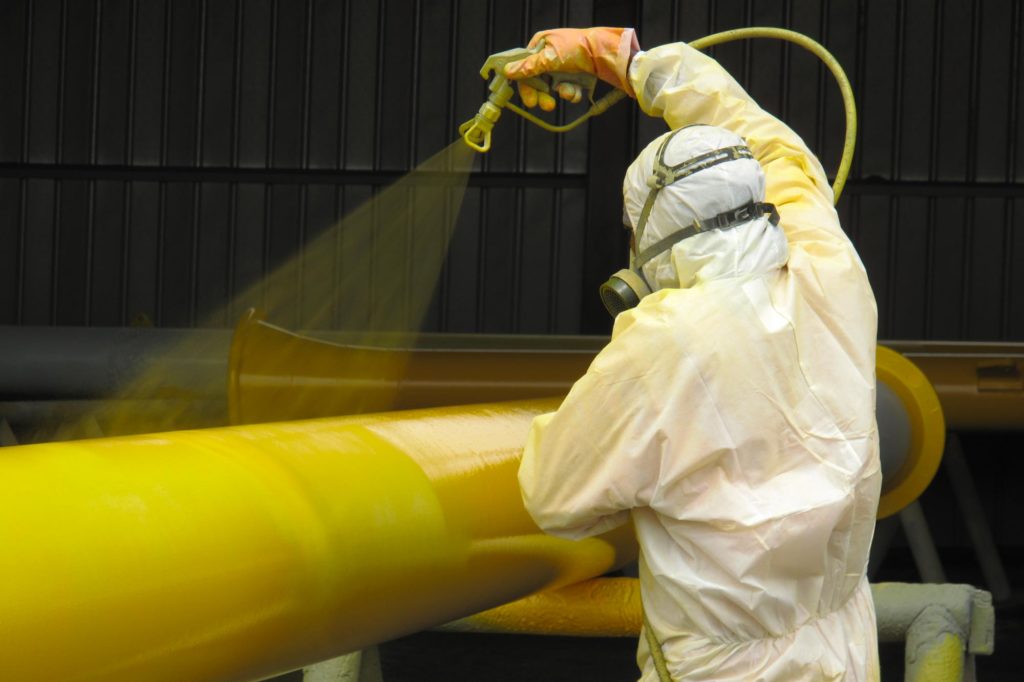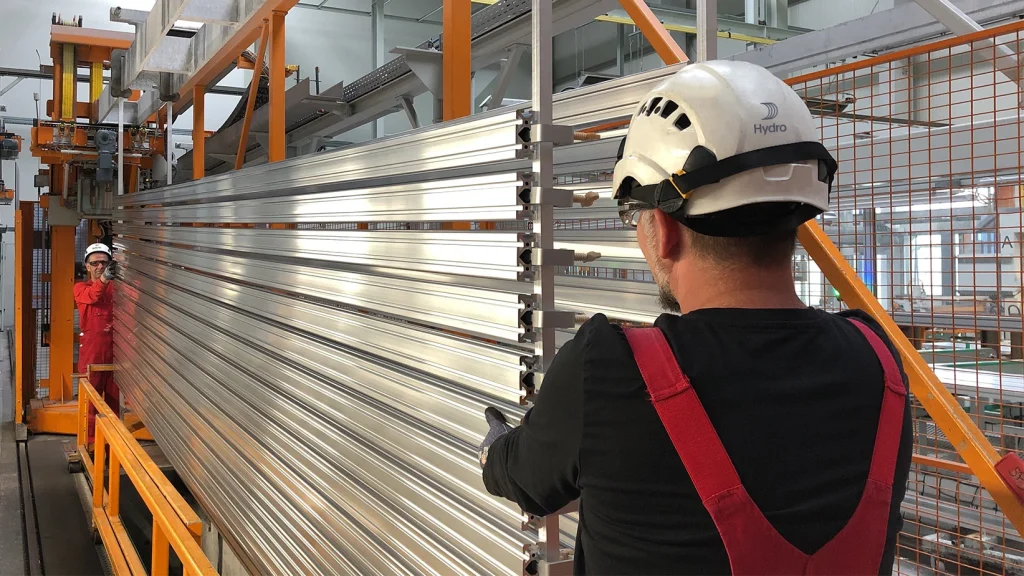Surface Treatment



Coating: Coatings are applied to surfaces to provide protection against corrosion, wear, and other environmental factors. Examples of coatings include paint, powder coating, electroplating, anodizing, and galvanizing. Coatings can also enhance the appearance of the surface and provide aesthetic benefits.
Surface cleaning: Surface cleaning involves removing contaminants, dirt, grease, or unwanted substances from the surface. Cleaning techniques may include solvent cleaning, abrasive cleaning, or using cleaning agents to ensure a clean and prepared surface for subsequent treatments.
Surface etching: Etching is a process that removes a thin layer of material from the surface, creating a textured or patterned appearance. It is commonly used in metalworking, such as etching designs on jewelry or creating textured surfaces for better adhesion of coatings or paints.
Surface polishing: Polishing is a process that smooths and refines the surface to achieve a desired level of shine or smoothness. Polishing is commonly performed on metals, glass, and some plastics to enhance their aesthetic appeal and improve their reflective properties.
Surface passivation: Passivation is a treatment used primarily on metals, such as stainless steel, to remove surface contaminants and improve corrosion resistance. It involves the application of a chemical solution that creates a protective layer on the surface, preventing the formation of corrosion.
Surface texturing: Texturing alters the surface’s appearance by creating patterns, roughness, or unique designs. This treatment is commonly used in architectural applications, such as creating decorative surfaces or improving grip on certain products.
Surface hardening: Hardening treatments aim to increase the surface’s hardness, wear resistance, and durability. Techniques like heat treatment, carburizing, nitriding, or case hardening are used to enhance the surface properties of materials like metals or plastics.
Surface finishing: Surface finishing processes, such as grinding, sanding, or buffing, are used to refine the surface’s appearance, remove imperfections, or achieve specific surface qualities like smoothness or uniformity.
